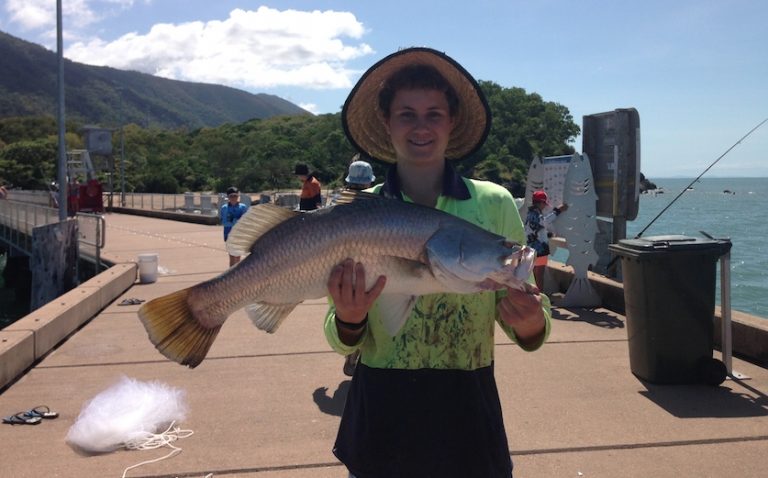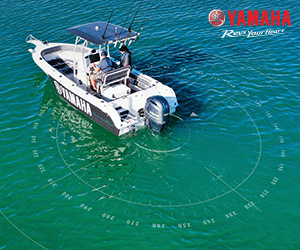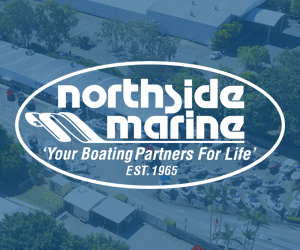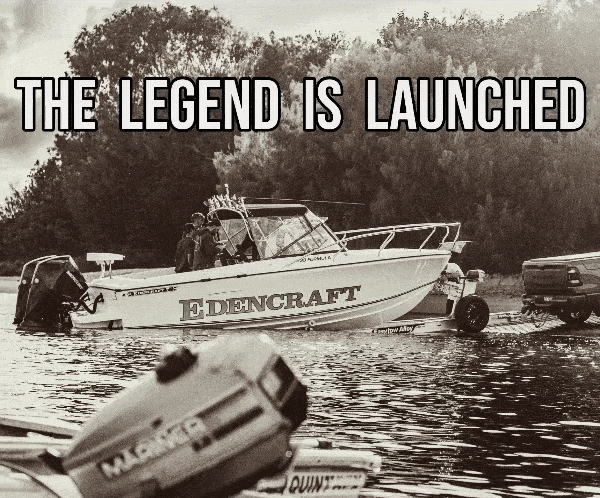Palm Cove Jetty – Dan Kaggelis
When it comes to iconic land based fishing spots in far north Queensland it is hard to look past Palm Cove Jetty on the northern beaches of Cairns. Nestled on the infamous tourist strip of Palm Cove between Ellis and Clifton Beach and just 25km north of Cairns, Palm Cove Jetty’s reputation as a land based fishing hot spot is not to be taken lightly.
Constructed in 1986, the jetty was originally designed to service the needs of the tourist industry as a reef departure platform. However its exposure in strong southerly winds saw it relatively unusable and was soon abandoned as a viable tourist departure point without the construction of a break wall which was never built. Whilst the jetty’s original purpose was never achieved, it was certainly not forgotten as it soon became a haven for fishermen who took full advantage of its structure, position, and most importantly the awesome fishing it had to offer.
What makes the Palm Cove Jetty so effective as a land based fishing spot is a combination of many things with the most important being its position. Jutting out around 40 metres into the sea, the Jetty is located on the northern most end of Palm Cove which is bordered by rocky headlands. These rocky headlands and outcrops make for some terrific fish holding structure especially big barramundi. At its southern border is both Clifton and Kewarra Beach which include a number of small sea draining creeks and beach gutters which serve as highways for the likes of barramundi, threadfin salmon and grunter. Being basically slap bang in the middle of this highway the Jetty sees multitudes of fish move through the area making it an ideal place to wet a line.
The Jetty however is far more than just an estuary fish land based spot and in fact it is often the estuary fish captures which play second fiddle to the number of big pelagic reef species which are commonly snared from the Jetty. Once again its position is significant to its success especially when considering other landforms around it in particular Double Island. Double Island is located around 2km offshore from the Jetty and is a coral reef island which is broken up into two main structures, a main island and a small rocky outcrop called Scouts Hat. Between these two structures runs a long fringing coral reef flat which drops off into a deep channel. Double Island is a popular destination for those who love to kayak or paddle board as it is only a short safe trip from the main beach and kayaks and SUPs are readily available to hire. If you ever make the trip over to the island the one thing you will notice is the huge amount of bait in particular wolf herring which reside around the islands coral structures and drop offs. It is this presence of bait which draws in the likes of big Spanish mackerel, Queen fish and smaller school mackerel which turn up in big numbers in the cooler months. When you look closely at the positioning of both the Jetty and Double Island it’s not hard to see how they create rare bottle neck situation as inshore tidal waters are funnelled between the island and the Jetty itself. This creates a tidal pressure situation which effectively funnels pelagic fish such as mackerel and queen fish straight past the jetty as they cruise with the the tidal flow. All in all this unique situation allows for some red hot pelagic action especially when the cleaner offshore waters make their way inshore.
Whilst the position of the Jetty is a key ingredient to its fishing success, its effectiveness as a bait holding structure is also just as important. The jetty’s large pylons and beams create the perfect haven for baitfish such as herring and squid to live and hide from predatory fish. Herring in particular are commonly found in plague proportions around the jetty and are easily targeted and collected by anglers using small bait jigs or cast net. In fact the live bait is often so prolific on the jetty that buying bait is not necessary as the jetty provides plenty for everyone. It is for this reason that the Jetty is so popular with young kids as it provides them with all they need to chase big fish on a zero budget. Commonly known as ‘jetty rats’ these kids are always scurrying up and down the jetty chasing bait schools whilst they wait for one of their numerous baited rods to scream off. The quality of the bait around the Jetty is incredible and I have even found myself heading down there every now and then to secure a handful of big fresh sards before heading out chasing fingermark.
Whilst the jetty has plenty of big fish potential it also offers plenty of family fun as well. There are hordes of small fish such as trevally, stripeys, herring and long toms poking about the pylons making for constant fishing action which keeps the young ones entertained all day long. It’s not uncommon to see whole families on the jetty catching and releasing fish after fish. Small spin rods and bait jigs are all that is needed for a tonne of family fun on the jetty. The jetty is also safe spot to fish as well with young ones as land based fishing in the north can be quite difficult with the likes of crocodiles being ever present. The Jetty has access to shops, toilets and is even well lit at night and with plenty of parking it makes for an easy day out.
The Palm Cove Jetty is a must stop if you are ever in the Cairns Northern Beaches area whether you are a diehard angler or keen to take the family out for a day by the beach. However before you join the Jetty ranks I would highly recommend a stop at Branford’s Tackle Shop and Fishing Museum at Clifton Beach for a quick chat. These guys know the Jetty like no one other and they have even developed their own Palm Cove Jetty and Double Island Fishing Packs which include all the gear and information (they even have their own maps) to get you in the game. They certainly know their stuff and when you see these guys consistently snaring big Spanish mackerel and metre barra from the pylons you know they are onto something.
Whilst the construction of the Palm Cove Jetty was never intended for fishing purposes, it does make you realise just how valuable these structures are to not only the fishing industry but society as well. This single jetty alone would play host to thousands of people both local and tourist a week. Some will walk its planks with the hope of hooking their dream fish whilst others will see it as a place where families can spend time together hooking a few fish, learning the foundations of fishing and most importantly not costing a fortune. It is a place where kids can be kids again outside away from their x boxes and enjoying the natural world.
Whilst there is always banter around more net free zones and better boat ramps, when you see the community value of a structure such as this the question must be asked as to why more of these jetty’s have not been built?





